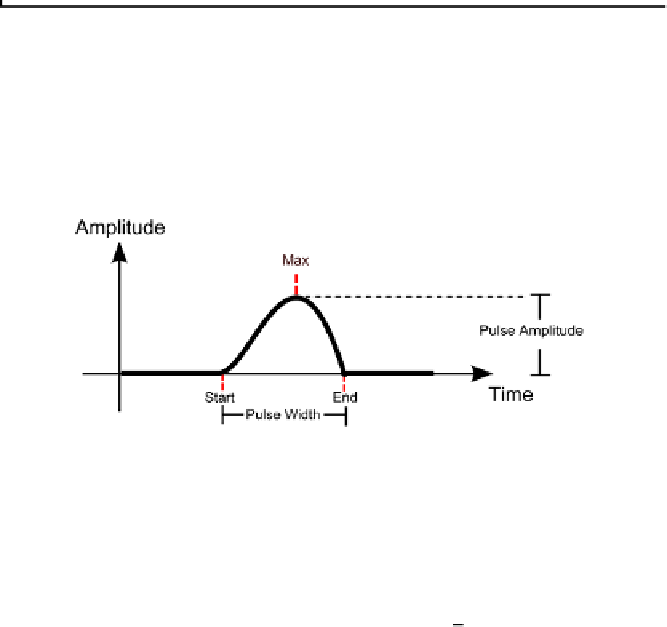Information Technology Reference
In-Depth Information
PulseGenerator
=
PacingPulse
∧
SensingPulse
∧
TimeSt
∧
MeasuredParameters
∧
Leads
∧
Accelerometer
∧
EventMarkers
∧
BatteryStatus
∧
ImplantData
∧
∧
TelemetrySession
ProgrammableParameters
∧
MagnetTest
We model the pacemaker operations as Z operations over
PulseGenerator
.We
illustrate our approach with the
SetTimer
operation below, which works as a
counter for the pacemaker, incrementing the
time
.InZ,
Δ
St
denotes a change to
the state
St
. We also state that
θ
(
PulseGenerator
\
(
time
))
, which means that only the
time
variable is changed; the remaining state
variables are left unchanged.
\
(
time
)) =
θ
(
PulseGenerator
SetTimer
Δ
PulseGenerator
time
=
time
+1
θ
(
PulseGenerator
\
(
time
)) =
θ
(
PulseGenerator
\
(
time
))
According to its requirements [13], the pacemaker must be capable of sens-
ing pulses from the heart by using leads connected to the heart's chambers.
There are three relevant moments during pulse measurement. As illustrated in
Figure 2, the pacemaker must register the pulse
start
time, the
maximal
ampli-
tude of the pulse and the moment when the pulse
ends
.
Fig. 2.
Relevant moments during pulse measurement
As an example, we present the
VentricleStartTime
operation [7] that reg-
isters the initial moment of a sensed pulse in the ventricle chamber. Its pre-
condition states that: (1) the current
bradycardia operation mode
must sense
either the ventricle chamber or both chambers (
bo mode
.
chambers sensed
∈
{
); (2) there was no previously sensed pulse in the
ventricle (
r wave
= 0); and (3) the measured pulse amplitude from ventricle
chamber is higher than the actual pulse (
v curr measurement
>
r wave
). If
these preconditions are satisfied, the pacemaker will update the value of
r wave
C VENTRICLE
,
C DUAL
}















Search WWH ::

Custom Search